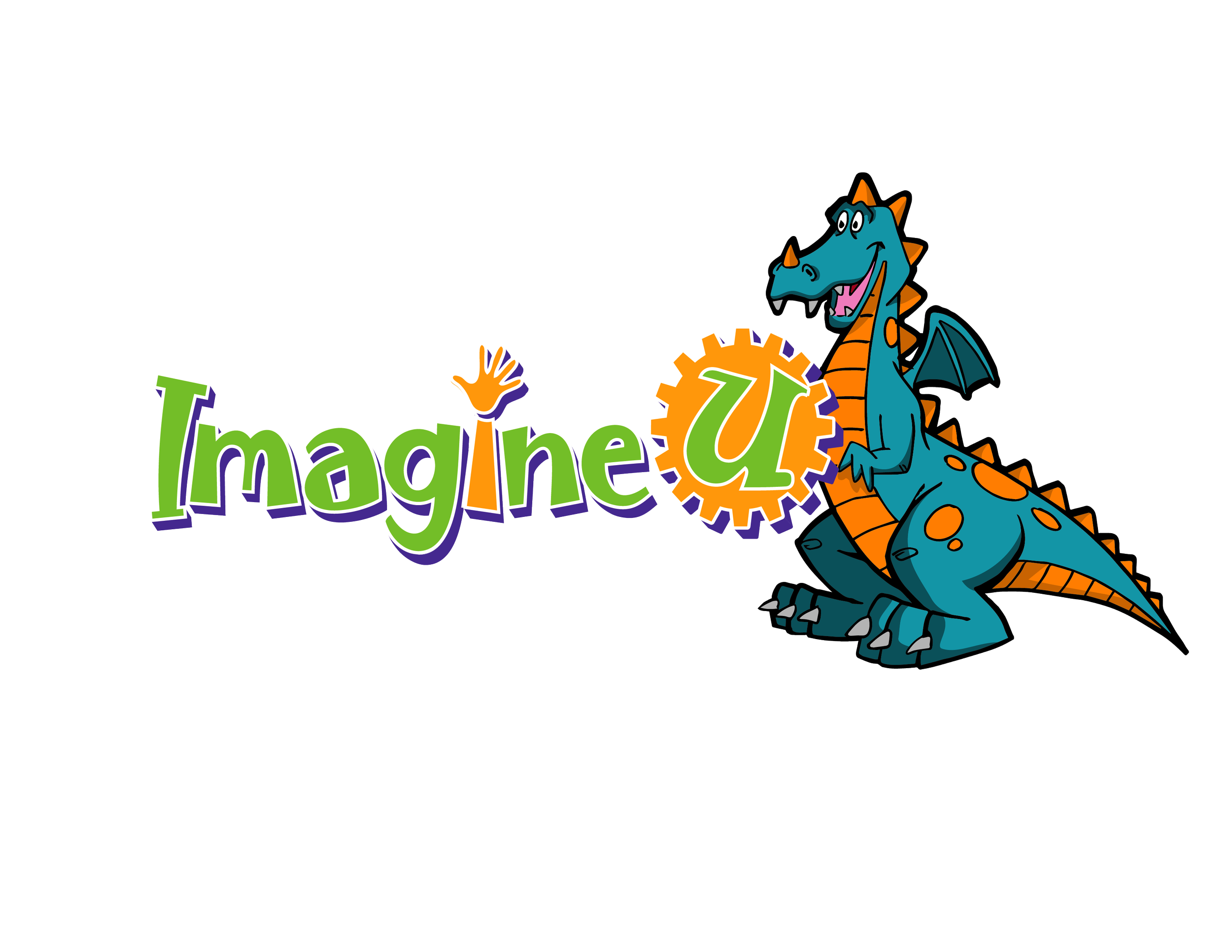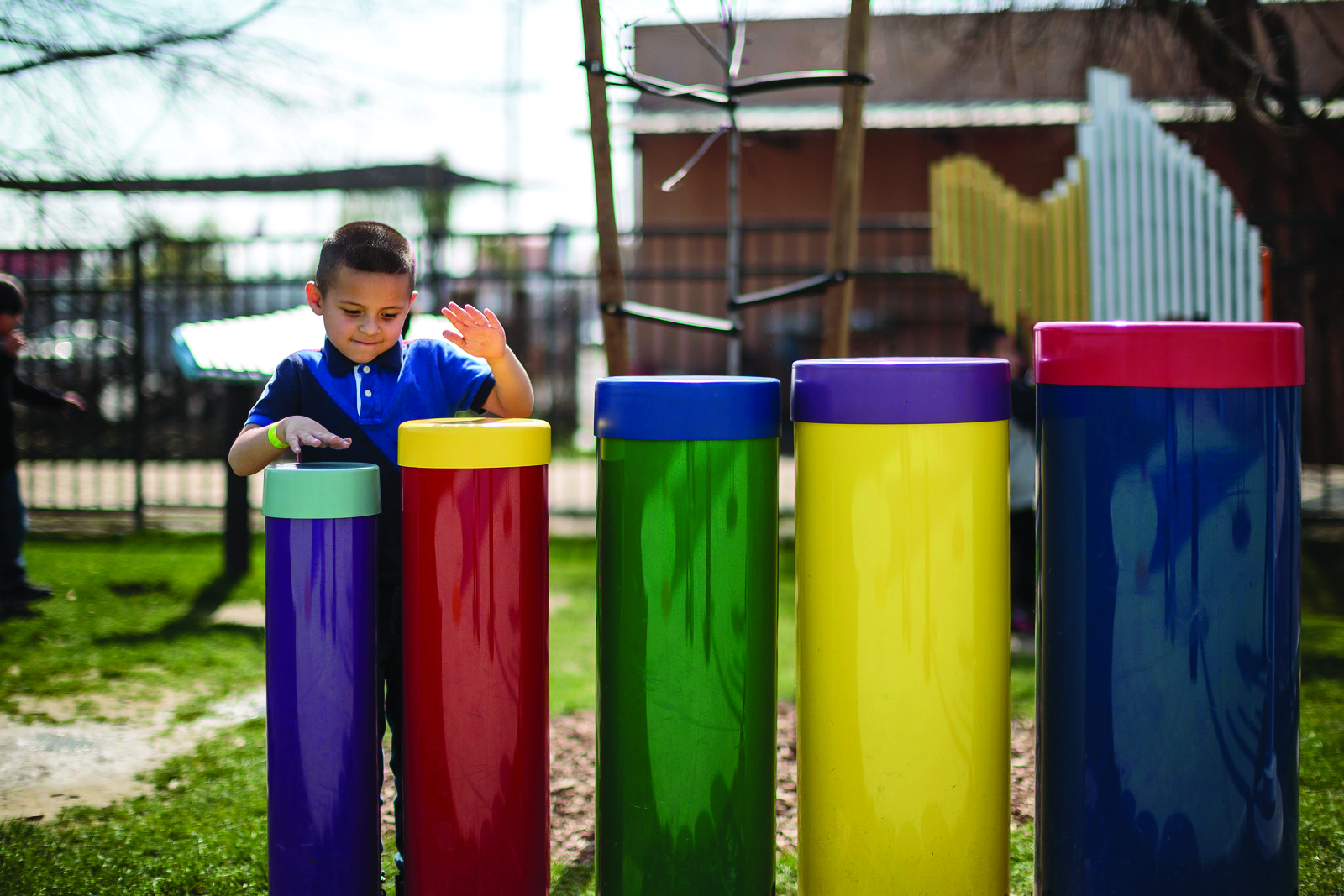Christman Harmony Park
Description
Kids and families need a simple and engaging way to express themselves musically without worrying about differences in talent, skill, training, and education. The ideal setting is one where guests of varying ages, toddler through adult, can jointly engage in the creating of music and rhythm that is independent of all the traditional requirements of making music. In this sense, music is the pleasing collection of sounds and rhythms, preferably created by a group working together. Such an exhibit would best be presented as an environment that encourages participation as well as physical activity, while not being a distraction to other nearby exhibits. Education value can be derived both from the physical participation in making the sounds as well as higher-level science behind the sounds themselves.
The Harmony Playground is a collection of 5 percussion-based “instruments” that are placed within close proximity of each other in an outdoor environment. The bright colors and the layout of the instruments are designed to be equally welcoming to individuals as well as groups, and especially to groups who have no prior affiliation with each other. What begins as individuals making their own sounds on different exhibits, quickly turns into a “band” learning to support each other to produce a cohesive sound together. The exhibit includes a set of drums, a set of tall tubular bells, an imbarimba, a Pegasus, and a swirl. Each produces a distinctive sound from deep bass to high trebles, yet all are tuned to a chord, not a full octave. As a result, there are no wrong notes.
HARMONY PLAYGROUND
Music educational value includes quick and easy introduction to melody and rhythm, the distinction between bass and treble, tone, chords, and basic tempos. In addition, there is a broad underlying educational value in the physics behind sound generation, including waves, wave from, vibration, wavelength, frequency, and more. All of this is easily illustrated in a fully interactive environment. Caters to all ages.
Sample Activity for Educators
Harmony Playground Activity: Movin’ and Groovin’
Dancing is fun for children because dance moves have a predictable pattern. One way children can work with these patterns is to sort, group and copy other patterns as well as make them for themselves. For children, using their bodies to make patterns is a good way to experience patterning since it capitalizes on the hands-on learning they enjoy.
What to do:
- Choose two (2) students for each musical instrument. One of the two students at each instrument will play a tune, while the other student performs a dance move when the tune is played.
- Have each pair of students take turns demonstrating the tune and accompanying dance move for the class. After the demonstration, have the class begin to copy the dance moves when the accompanying tune is played.
- At first, have the students play their tunes in turn. Once the students begin to recognize the tune/dance move, have the students playing the tune go in random order.
- To make things more complicated/fun:
- Have the students speed up the rhythm of the tune.
- Play two tunes at the same time.
- Have a student from one instrument play the tune of another.
Questions to ask after the activity:
1. Did you begin to recognize the tune and know which dance move accompanied it?
2. Where any of the dance moves too difficult? Too simple?
3. If you could make up your own tune and dance move, what would it be? Why?
4. If you restructured the tunes, could you make an original song and dance?


